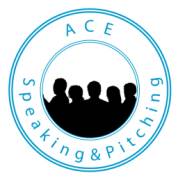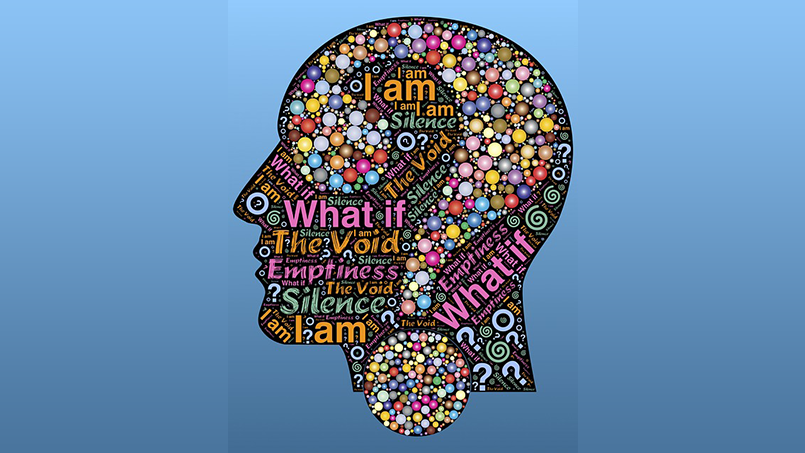Whenever you are asked to deliver a presentation, whether it be to promote something or to teach something there is often a lot of thought, planning and effort that goes into what you say. Trying to get the perfect words so you have an impact on your audience can be daunting, but it does not have to be so hard.
This one tip could change the way you think about preparing for your presentations and dramatically increase the impact you have. But to understand this concept there are some other fundamentals that reinforce the theory.
Many presentations are inherently self-focused. The stories and concepts, where language is more often than not about the person presenting, or about people outside the room. Next time you listen to a presentation pay close attention to the characters in any of the stories. Ask yourself, “am I being drawn into the story or am I viewing it as an observer?
In many presentations the information is delivered by the presenter. You might be thinking “Well what else is supposed to happen Scott?” If you think about it, to get that information often there was a hypothesis, research, analysis was conducted with the discovery of the information being the result of that analysis. In that discovery, memorable learning takes place. This is not a new concept it was written about by John Dewey in the early part of the 20th century in his book The Child and The Curriculum.
When it comes to changing people’s mindset, values, beliefs and habits any changes need to be embraced and committed to by the person making the change. You can present the most compelling information possible but if it is not taken onboard by your audience there is no change at all. So, what is the one big takeaway?
THE CONVERSATIONS YOU HAVE WITH YOUR AUDIENCE ARE NOT NEARLY AS IMPORTANT AS THE CONVERSATION YOUR AUDIENCE HAVE IN THEIR HEADS.
Getting your audiences mind engaged, questioning what they already know, and discovering the answers for themselves gives them some level of ownership of their newly discovered information.
If you curate that conversation well, you can create lasting and significant change very quickly. But how do you do it?
- Instead of just presenting the findings, present the hypothesis, the research, and the findings at a very high level, allowing your audience the opportunity to do the discovery relating to the information you are presenting.
- Use good questions, open questions, closed questions, and rhetorical questions. Keep the mind engaged.
- ‘Chunk up’ questions appropriately to capture your entire audience, while still keeping the questions relevant to them – if you are not sure what this means then please feel free to reach out and ask.
- Ensure your language includes and focuses on your audience.
Perhaps in future blogs we will discover some of the ways you can get your audience debating and discovering the gems in the information and insights you are presenting – please let me know what you’d like to know more about via scottperry73@gmail.com.

